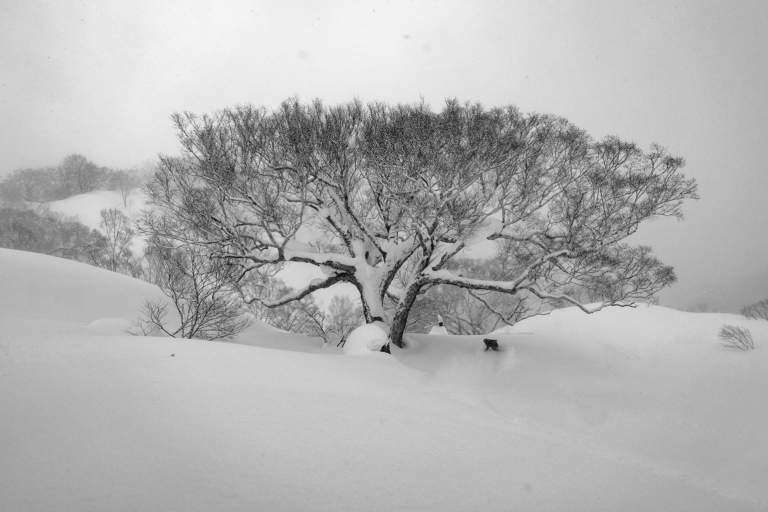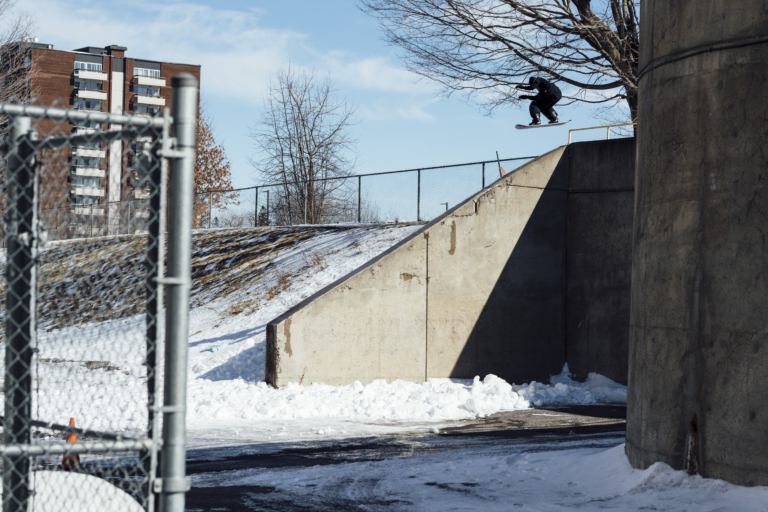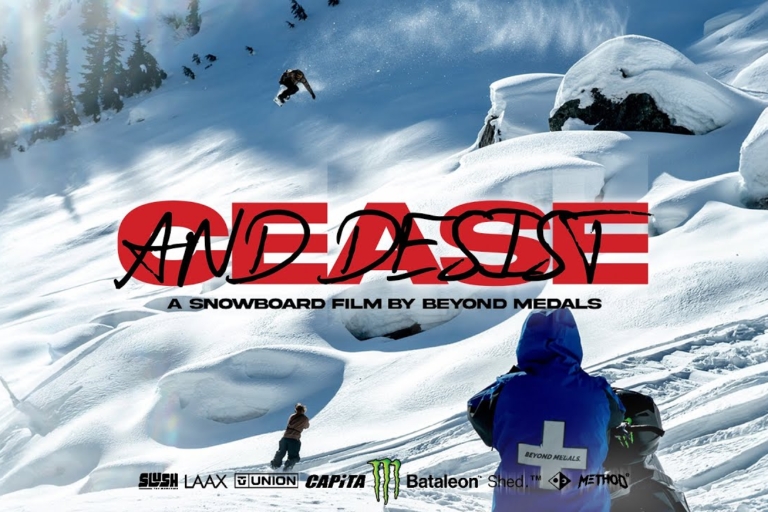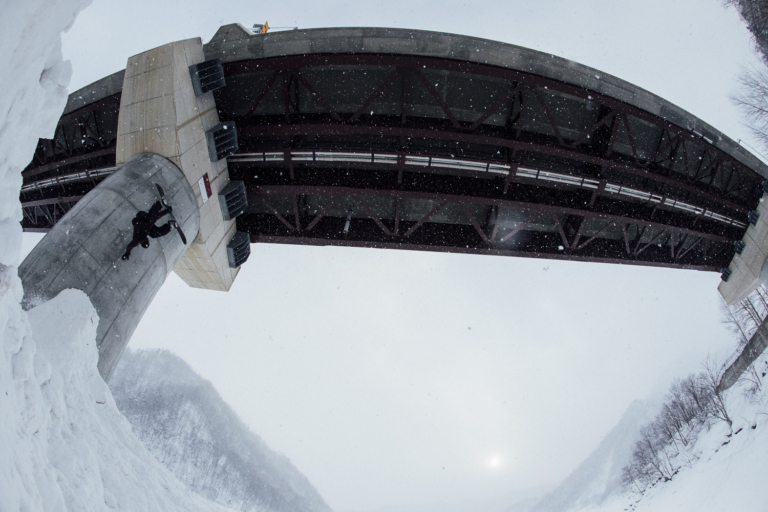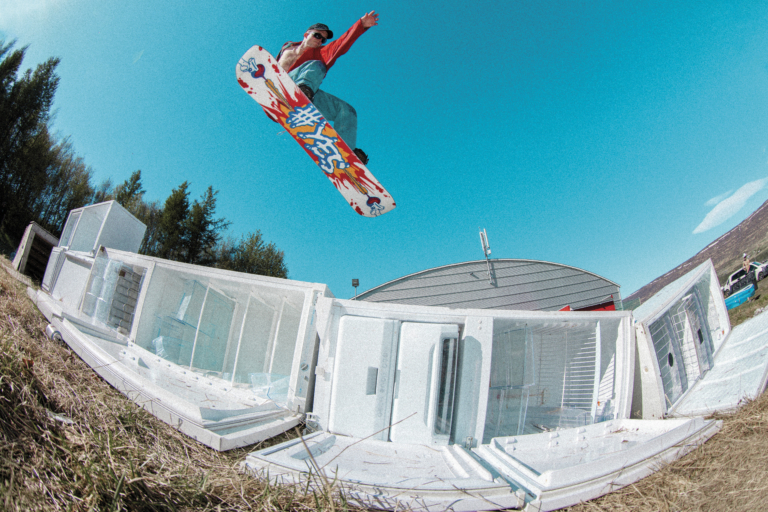Kelsey Boyer and Melissa Riitano have been close friends for years. They ride together, travel together, and work together spreading awareness and sharing resources about brain health, concussions, and TBI at Save A Brain, the non-profit that Kelsey founded in 2020. While their love of the mountains formed the basis of their friendship, their collaboration has further intertwined as they have each navigated their own experiences with brain injury and supported one another along the way. In 2019, when Melissa suffered a concussion riding at Brighton, she started dealing with a whole host of unfamiliar symptoms, particularly with her eyes (which impacted her in so many ways, both physically and mentally). Dealing with the impact of what she was experiencing while maintaining her pro career was only one piece of what she had to navigate to feel better; being her own advocate for her care and finding doctors and practitioners to facilitate treatments was another. In this conversation between two good friends, Melissa shares what her experience dealing with brain injury and concussion has been like, and what she has learned from it all. – Mary T. Walsh
Kelsey Boyer: You had an injury while in the streets the season you were filming for Veer in 2019. That was the catalyst for all of the symptoms you have experienced with your head. Can you tell us what happened?
Melissa Riitano: Funny not funny, I actually got a bad concussion cruising around Brighton not trying anything. I was on a new board that was softer, and the first run, just did what I normally do. I was going crazy fast on this tree slalom called Star Wars. I was riding it the day before, full-speed, and didn’t think too much of it. I went the same speed on this new board, then I felt the nose just fold on a bump. I flipped right on to my head and whipped my head forward so aggressively. Initially I thought I broke my neck; I heard just everything crunch.
After the injury, did you think you were okay, or did you know something was wrong?
I knew immediately I was pretty hurt, I thought it was just my neck at first, so I went to the doctor for an x-ray. I was relieved that nothing was broken. There was bone bruising still, but my main concern was how concussed I was. I have unfortunately had a few before, but never a whiplash one, and never this bad. I was at the point where I couldn’t even watch a car drive down the street—everything made me feel dizzy. It was a pretty scary place to be. I took about three weeks off from boarding and thought that would be enough, but admittedly I would push through a lot of my symptoms.
A lot of times in snowboarding, we tell ourselves everything is fine. How long did you go before you sought out help?
I went a really long time without seeking proper help, unfortunately. I got the concussion around Christmas time and just pushed through it the whole time while I was filming. I didn’t seek any help until around fall. Knowing what I know now, I would reach out for help sooner. I thought a lot of what I was feeling was from my neck injury.
Did you have to advocate for yourself or were these symptoms common?
At first my symptoms were fairly common, like dizziness, low energy, and headaches. I thought it would all just go away like other times, but my symptoms started getting worse over time. I started to wake up every day with a headache that would persist the entire day. My vision was really funny; it was like I had drunk vision but wasn’t drunk. Lights were super bright. I started getting really bad anxiety, especially social anxiety. I really couldn’t handle being in big crowds. I really feel like I wasn’t myself at all, which made me feel beyond frustrated and really depressed. I thought a lot of these things were because bones in my neck were bruised. I kept trying everything to heal my neck, which it needed—my head just needed it more. I really did have to advocate for myself when I realized that treating my neck wasn’t helping. I would try to explain it to friends, but they thought I was just dehydrated or it was something else. I knew in my heart something wasn’t right.
What was the process like for you? Was it easy to get the help that you needed or was it challenging?
In a sense, I was lucky that my best friend Kelsey [Boyer] had been through a TBI. She had gone to a treatment center called CognitiveFX in Provo, Utah. I went to them for a consultation appointment and they recommended that I go to see Dr. Duval, also in Provo. His practice specializes in vision therapy after TBIs and concussions. The really challenging part for me was the financial end; none of it was covered by insurance. It was really expensive to go to vision therapy and get a brain scan. That alone was 5K. I was so fortunate that my parents had the money and were able to help me on that end. I know most people aren’t that fortunate. If I didn’t know these therapies existed, it would be really challenging to know what to do next. I still would like to do more treatment with CognitiveFX one day.
What was the treatment process like for you?
The first step was getting a baseline of where my eyes were: They were beyond bad. I had lost most of my depth perception, my eyes would jump around, and I was seeing double most of the time. I was relieved, in a way, that something was actually wrong and I wasn’t just losing my mind. I would do a bunch of eye exercises at the office. It was funny, I felt like I was back in elementary school with some of them. I would drive down to Provo twice a week for the next four months and also do 20-60 minutes of eye therapy at home.
How long until you started seeing some results that gave you hope?
At first the vision therapy really aggravated all my symptoms. I would say around one month in, I really started to notice a big, positive change. The better my vision got, the better my emotional balance got, also.

How did you balance recovering from your injury while still having a snowboard career?
I really put healing first. I was having a hard time reading, which meant I was going to have a hard time jumping on a rail. I tried to go ride one time when I was a couple months into healing, but it was just too difficult. I think balancing a career as an athlete really has a lot to do with injury management. Sometimes you need to sit out for a bit longer than you want, but in the grand scheme of things it’s worth prioritizing your health.
How are things for you now?
Things are pretty great now. My vision is so much better. I do still get some photosensitivity from time to time. A lot of times, I realized it’s when my stress response gets triggered. Meditating and yoga have been a huge part of helping regulate stress.
Your snowboarding has always spoken for itself and now you do so while wearing a helmet full time. Was this an easy transition for you and what made you commit?
I really appreciate that. I was really self-conscious for the first few weeks or so. I didn’t know if I should wear my goggles over or under or what hat to wear under my helmet, haha—the little things. But I adjusted to it quickly and stopped caring. Now I really love it. It keeps me warm on those super cold days and more importantly, it keeps my brain safe.
Any advice for anyone that is dealing with an invisible injury or that maybe wants to start wearing a helmet?
Don’t be afraid to get the help you need. Go to a doctor that is more innovative in treating head injuries. Ask friends that have gone through it. If you don’t know anybody, go to www.saveabraininc.com and ask questions on the forum. We are working on a resources page as well. As for wearing a helmet, if you want to wear a helmet, find one you feel comfortable in and run it up! I promise you won’t look weird even if you feel like it at first. It will become as second nature as wearing a seatbelt.


